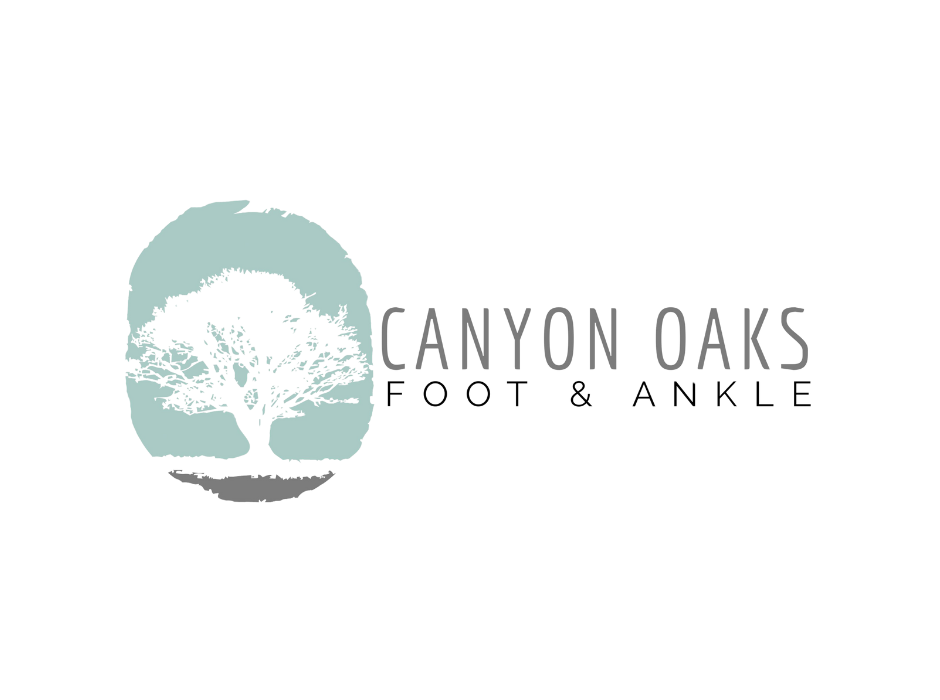Trench foot, also known as immersion foot syndrome, is not very common for the general populace. However, many people in the homeless community, as well as certain adventurous hikers and campers, are more prone to contracting trench foot. If you are at risk of trench foot or want to avoid it, you might want to keep reading.
What Causes Trench Foot?
Trench foot is a type of foot injury that happens when the foot is in cold and wet conditions for a prolonged period of time. It is known as a non-freezing cold injury (NFCI). Trench foot only happens in non-freezing temperatures. If the outside temperature was cold enough, you would be at risk of frostbite rather than trench foot.
This happens to people who are exposed to the elements for as little as one to two days. If you have on soggy and wet socks or shoes for an extended period of time without drying your feet or changing into dry socks and shoes, you are certainly at risk of trench foot.
Symptoms of Trench Foot
Trench foot is a serious injury that can cause long-term damage to the feet. While it is not contagious, it can damage the skin, nerves, and blood vessels in the feet.
Symptoms of trench foot include:
- Tingling feeling
- Pain and itching
- Swelling
- Blotchy skin coloring
- Numbness
It may seem contradictory to list pain as well as numbness as symptoms of trench foot, but as the foot warms, pain may become more acute as the numbness retreats. Another thing you may notice as the foot warms, is that the foot that was previously pale or white will become red, dry, and painful. Later, blisters may form, and foot tissue can fall off of the affected foot.
How Trench Foot is Treated
It’s important to note that if trench foot is left untreated, it can lead to gangrene of the foot — or even amputation. It’s important to have your injured foot treated by a professional podiatrist.
The best way to treat trench foot is to dry and warm your feet as soon as possible, to elevate the affected foot, and to begin to take over-the-counter ibuprofen for pain and swelling.
If the trench foot is severe or you suspect serious damage to your foot, you should certainly make an appointment with a local Fresno podiatrist for additional help.
The best way to treat trench foot is to prevent it in the first place. If you are planning to be outdoors in wet weather for an extended period of time, it is very important to dry your feet and to change your socks regularly.
The Best Podiatrist For Trench Foot in Fresno
Your foot health is important, and we firmly believe that regular checkups at a podiatrist can help you to avoid serious injuries such as trench foot.
The most trusted foot and ankle pain experts in the Central Valley are Canyon Oaks Foot and Ankle. We understand that it can be frustrating dealing with foot pain, so let us take a look and diagnose your foot condition.

